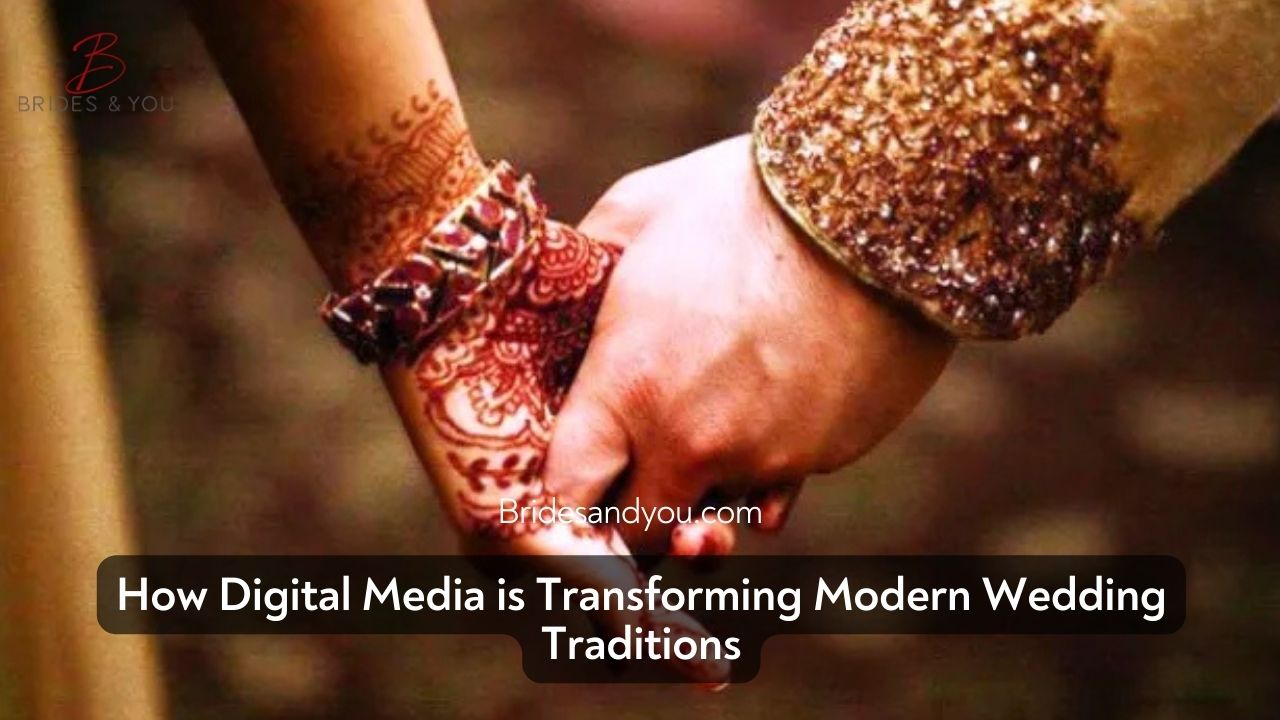Now Reading: How Digital Media Is Redefining Wedding Traditions in Pakistan
-
01
How Digital Media Is Redefining Wedding Traditions in Pakistan
How Digital Media Is Redefining Wedding Traditions in Pakistan

Weddings in Pakistan have always been vibrant and full of cultural significance, but in recent years, the landscape has dramatically evolved. What was once a simple, heartfelt union between two souls has now become a social media-fueled extravaganza. From the rise of extravagant Mehndi nights to stylized “Bride-to-Be” parties and week-long celebrations, the transformation of wedding traditions in Pakistan is impossible to ignore. And the driving force behind this change? The overwhelming influence of digital and social media.
From Simplicity to Spectacle
Traditionally, Pakistani weddings were about close-knit family gatherings, heartfelt rituals, and meaningful connections. But with platforms like Instagram, TikTok, and Facebook showcasing lavish celebrity weddings, couples now feel the pressure to replicate those glamourous experiences. What used to be a day or two of festivities has now stretched into a week-long celebration, with each day more extravagant than the last.
These new traditions—sparked by TV dramas, influencer culture, and viral trends—have added layers of entertainment, themed décor, choreographed dances, and even professional photography shoots for every event. It’s not uncommon for weddings to start with pre-wedding shoots, “save the date” videos, and bridal shower events that were practically unheard of a decade ago.
The Skyrocketing Costs of Wedding Celebrations
According to seasoned wedding planners, the average cost of a wedding in Pakistan today can easily reach Rs5 million or more. From designer dresses and high-end venues to celebrity appearances and lavish catering, families are sparing no expense. Imtiaz Niazi, a prominent wedding planner, confirms that the wedding industry has become a multi-billion-rupee sector, thanks to this cultural shift.
The growing obsession with creating the “perfect Instagrammable wedding” has not only changed how weddings are celebrated but also who they’re celebrated for. Today’s weddings are designed as much for social media followers as for friends and family.
The Social Media Effect: Likes Over Love?
With the rise of wedding content going viral, social media has become a digital stage where couples compete for attention, applause, and validation. Every dance performance, outfit change, and menu item is curated for online approval. Hashtags, reels, and highlight videos are a must—and missing out on this trend is often considered a faux pas.
But while this media-driven makeover has boosted businesses, content creators, and event managers, it has also sparked concern.
Criticism and the Call for Meaningful Celebrations
Not everyone is thrilled about the direction modern weddings are taking. Mrs. Khan, the head of a reputable marriage bureau, expresses concern about the growing financial burden these trends have created.
“Weddings have become a competition, not a celebration,” she says. “Families now feel pressured to outdo each other—not just in hospitality but in visual impact on social media.”
This pressure can lead to unnecessary debt, strain on family relationships, and a sense of inadequacy for those who can’t match the viral wedding standards.
The Need for Balance
While there’s nothing wrong with celebrating love in style, it’s important to remember the real essence of a wedding. At its core, a wedding should be about the couple and their journey together—not about followers, filters, and fleeting trends.
A growing number of couples are starting to embrace more meaningful ceremonies, choosing intimacy and authenticity over extravagance. Smaller destination weddings, personalized vows, charity-focused celebrations, and simple yet elegant affairs are slowly making a comeback.
Final Thoughts
The influence of digital media on wedding traditions in Pakistan is undeniable. It has revolutionized the industry and redefined how we celebrate love. However, as we scroll through glamorous highlights and dream-like wedding reels, we must also ask: Are we doing it for the memories or the metrics?
At the end of the day, a wedding is just the beginning—not the entire story. Let it be beautiful, yes—but also let it be real.











